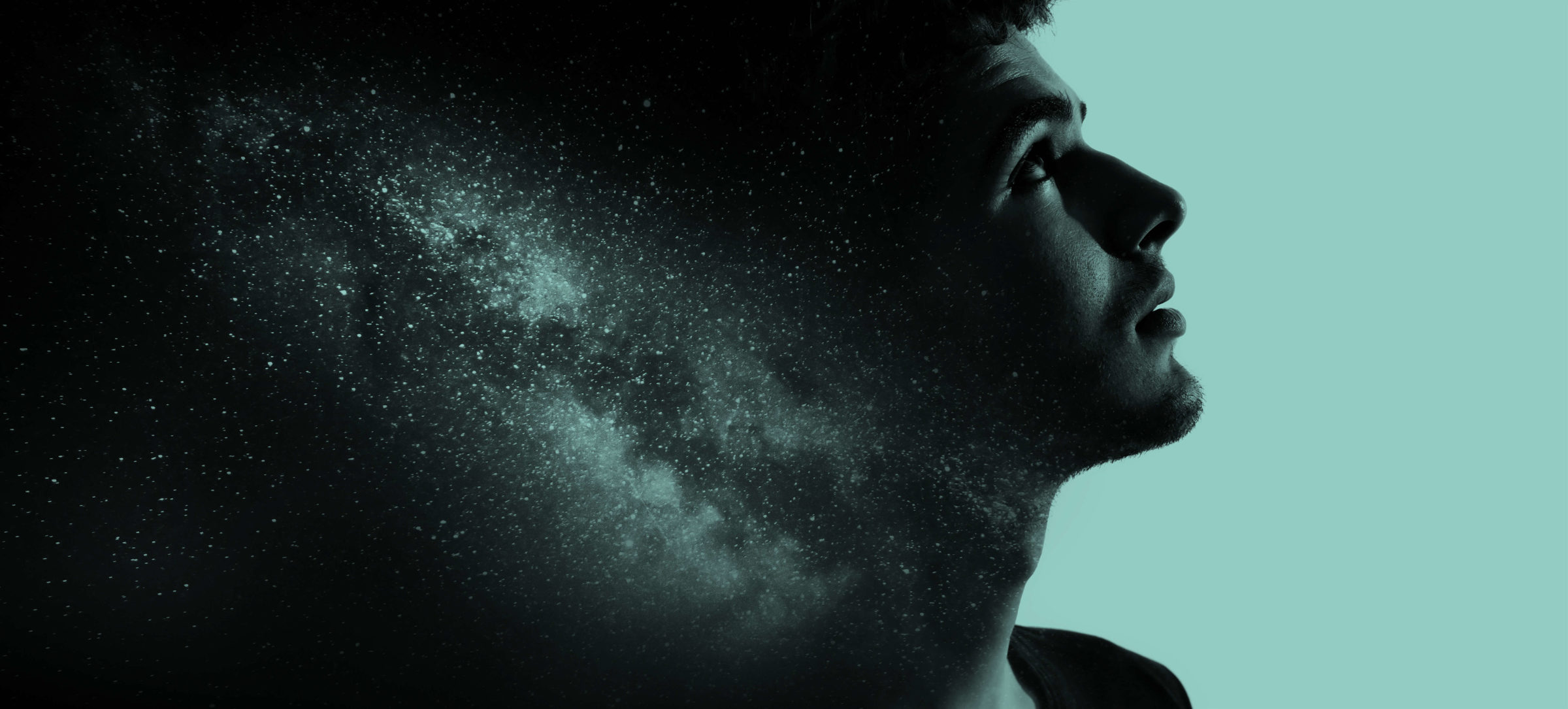
Lived Experience of Daoist Practices: Mysticism, Science, and Embodied Spirituality
Job Chen
The convergence of science and religion presents numerous pathways for exploration. One such avenue involves the application of scientific methodologies, such as observation and measurement, to delve into the individual experiences within religious traditions. Throughout history, mysticism in religions has primarily been examined through philosophical lenses, with a focus on textual analysis to extract meaning from written records. However, some Eastern traditions may not prioritize textual studies or may even refrain entirely from documenting their teachings in writing. In a scientific approach, the central focus shifts to the individuals themselves. Science provides empirical tools to probe into the lived experiences of those who engage with a tradition on a daily basis, offering a direct pathway to understanding the human experience. In this context, the following study presents an empirical analysis of Daoist mysticism, with partial support from INSBS.
Mystical experiences in ancient Daoist traditions are like diving into a world of wonder where the mind and spirit intertwine, and the boundaries between the self and the cosmos blur. Daoist scholar Livia Kohn has written about two distinct types of mystical experiences identified in early Daoist writings: enstatic and ecstatic.
Let’s break it down in simpler terms. The enstatic mode is like finding peace within yourself through quiet contemplation. On the other hand, the ecstatic mode is about journeying beyond the physical realm and connecting with spiritual beings. There are plenty of examples in Daoist classics, such as Dao De Jing or Inner Chapters of Zhuangzi, that date back more than 2000 years.
Now, you might be wondering, how do these mystical experiences manifest themselves in people’s everyday lives? A recent 2023 study conducted by Chen and colleagues interviewed 19 highly experienced Chinese Daoist monks and nuns, from the Quanzhen and Zhengyi schools of Daoism. Our findings were consistent with the Daoist descriptions of these experiences in texts like the Inner Chapters of Zhuangzi, uncovering two primary clusters of reported experience.
In the enstatic group, practitioners reported themes like dissolution of the self, unique bodily sensations, and various unitary experiences. The bodily sensations described were induced by the movement and accumulation of qi, which is vital energy and construed as an intermediary between physical energy and the spirit. The best way to understand these reported experiences is to imagine feeling like you’re melting into the universe, your body in tune with the environment and cosmos, and everything around you becoming one seamless whole.
Meanwhile, in the ecstatic group, participants described a much different set of experiences, like an egress of spirit, deeper spiritual awareness, and a resonance with divine beings. To best understand ecstatic experiences, you might picture yourself soaring through spiritual realms, communing with celestial entities, and tapping into the boundless power of the cosmos.

What’s fascinating is that these experiences not only align with traditional Daoist teachings but also challenge some common assumptions about mystical experiences. While themes like ego dissolution and unity resonate with the common core thesis of mysticism for Tibetan and Chinese Buddhists, other elements like the sense of qi and the egress of spirit offer unique insights into the Daoist mystical path.
To understand these experiences better, let’s take a closer look at some key concepts in Daoist philosophy. For instance, the idea of xing (形 form) and shen (神 spirit) highlight the importance of balancing physical and spiritual cultivation for longevity and liberation. Practices like fasting of the mind and meditation help practitioners transcend the limitations of the ego and merge with the cosmic flow.
Moreover, Daoist texts often speak of unity with wanwu (the myriad things) and the transcendence of time and space. This isn’t just about escaping from the world but fully engaging with it from a place of clarity and equanimity. It’s about embracing the multiplicity of existence while recognizing the underlying unity that binds everything together.
On the ecstatic side, practices like shenyou (spiritual excursions) and ganying (resonance with spirits) open doors to spiritual realms and empower practitioners to harness the energy of the cosmos. By mastering talismans and divine registers, Daoists gain command over spiritual forces and navigate the intricate balance between material and immaterial worlds.
But are these mystical experiences unique to Daoism, or do they share commonalities with other spiritual traditions? Some argue that there’s a common core of mystical experiences that transcends cultural boundaries. However, Daoist practices suggest that mystical experiences can be deeply rooted in cultural and religious beliefs, challenging the notion of a universal mystical experience.
Moreover, Daoist mysticism isn’t always a journey of bliss and enlightenment. Just as there are moments of clarity and serenity, practitioners are also confronted with profound challenges and fears along the way. Our study highlights instances of uncontrollable movements of qi and encounters with malevolent spirits, reminding us that mysticism isn’t always a walk in the park.
In conclusion, the study sheds light on the rich tapestry of mystical experiences in Daoism, offering a glimpse into the depths of spiritual practice and cultural heritage. Whether it’s through quiet contemplation or ecstatic journeys, Daoist mysticism invites us to explore the boundless possibilities of the human spirit and the cosmos. So next time you find yourself pondering life’s mysteries, remember that the answers may lie not just in books but in the depths of your own mystical experiences.
The intersection of science and religion is not only explored by researchers employing a scientific lens from the outside but can also arise from within a religious tradition itself. How do Daoists interpret their mystical experiences? To what extent do they rely on religious interpretations, and when do they turn to naturalistic and scientific explanations? The study discussed above has already hinted at both approaches. The altered bodily sensations are described in naturalistic terms, reflecting a Daoist perspective on the human body. However, resonance with divinities appears to be more rooted in religious teachings, which prescribe specific deities believed to empower the faithful. To delve deeper into these dynamics, we have gathered additional data from Daoists to understand how they navigate between scientific and religious frameworks to explain their mystical encounters. Stay tuned, as we anticipate sharing further insights in a follow-up blog post once we’ve analyzed this additional data.
Acknowledgement: This study received support from INSBS’s Small Research Grants, the Faculty Research Grant of APA Division 36 (Society for the Psychology of Religion and Spirituality), and the Shand Grant of Society for Scientific Study of Religion. Opinions

Job Chen is an Associate Professor at the School of Nursing, and an affiliate faculty at Health Psychology. He also serves as Associate Editor for Archive for the Psychology of Religion and International Journal for the Psychology of Religion. His main academic interest focuses on the psychological dimensions of extraordinary human experiences and their impact on shaping our lives. Drawing from his personal heritage, I maintain a particular emphasis on Tibetan, Daoist, and Shamanistic psychologies. You can find more about his research at pages.charlotte.edu/jobchen/.
